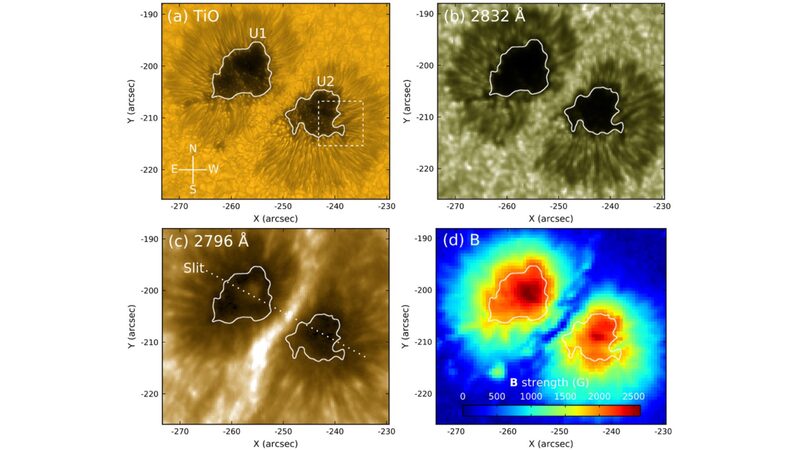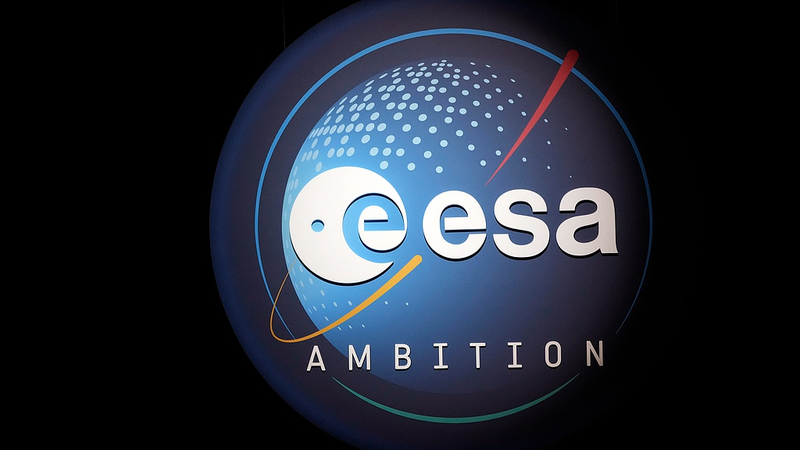Hey, space enthusiasts! 🚀 Ever wondered what's happening inside those mysterious dark spots on the sun? Chinese scientists have just made a fascinating discovery about sunspots, specifically about something called \"umbral waves\"!
A research team from the Yunnan Observatories of the Chinese Academy of Sciences has taken a deep dive into the sun’s chromosphere—the layer that gives the sun its fiery glow—to uncover what's driving these intriguing waves.
So, what's the big deal about umbral waves? Well, understanding them helps us grasp how the sun’s magnetic fields work, how energy moves around up there, and even improves our space weather forecasts. That means we can better predict solar activity and its effects on Earth. Pretty cool, right? 🌍✨
Until now, scientists weren't sure if these waves were caused by outside forces, like sound waves (yep, sound waves in space!) or if they originated from within the sunspot itself due to magnetic and fluid dynamics.
Using the Interface Region Imaging Spectrograph (fancy space equipment alert!) along with data from other telescopes, the team zoomed in on two sunspots and made a groundbreaking discovery. For the first time ever, they found that two one-armed spiral wave patterns coexist in the umbra—the darkest part of a sunspot. These spirals can spin in the same direction or even opposite directions! 🌀🌀
Even cooler, they noticed that these waves keep coming from areas with super strong wave activity, especially in the darkest and most magnetic parts of the sunspot. It's like finding the heartbeat of the sun!
Their findings suggest that these umbral waves are likely excited by what's known as p-mode oscillations inside the sun. Think of it like a musical instrument vibrating from the pluck of its strings—a cosmic jam session, if you will! 🎶🌌
This research not only gives us deeper insights into our closest star but also helps us understand the vast universe a bit better. The study was published in the journal Solar Physics on May 29th.
Space never ceases to amaze us! Keep looking up, amigos! 🔭✨
Reference(s):
Secrets of sunspots: Chinese study uncovers force behind umbral waves
cgtn.com




